Google Ads and Facebook Ads are the two major platforms for advertising online.
While Google has its advantages, today’s focus is going to be on Facebook.
Facebook is the largest social media platform online
According to Pew Research statistics, it has consistently maintained more than double the traffic of its nearest competitors for the past 5 years.
I’m going to show you how to optimize your Facebook Ad targeting so you can generate a higher return on advertising spend (ROAS).
But before I do, let’s look at why Facebook is worth your advertising dollars.
Millions of businesses are advertising on Facebook.
And it’s not just because it’s such a big social network.
Why bother advertising on Facebook?
According to its website, Facebook has over 2.01 billion active monthly users.
That’s a huge user base, and people spend an average of 40 minutes browsing the site during each visit.
It’s a large and engaged audience.
But they won’t see your posts unless they follow you.
Facebook Ads help you expand your reach beyond just your page followers.
I typically don’t recommend boosting your posts on Facebook.
The reasons I recommend against it are mostly financial.
Boosting Facebook posts costs money, and the traffic falls off as soon as you stop paying to boost them.
But boosted posts do have a great ROI if you connect the right message with the right audiences.
The CPC is cheaper than Google AdWords too, with an average CPC of $0.61.
Traffic isn’t the only objective.
Here’s the list of objectives from Facebook.
How your ad looks (and what it costs) differs based on the objective.
Here’s a sponsored post by Jasper’s Market.
It’s meant to raise brand awareness and drive traffic to the brand’s website —not its Facebook page.
They use a high-resolution image of food to grab your attention.
If you weren’t hungry before, you are now.
Meanwhile, here’s what a post for store visits looks like.
This time, the food itself is nothing more than a prop in the greater market view.
One image makes you want to see what else they have on the menu. The other invites you to visit.
Each has a like button for the Facebook page at the top — a free byproduct of your campaign.
CTA buttons increase your overall click-through rate by 2.85X.
And this is just the tip of the iceberg!
Facebook users add a ton of information about themselves to their profiles, and Facebook Insights allows you to create focused audience segments.
This means that advertising on Facebook is a worthy use of your marketing budget.
But you’ll need to create custom audiences to target your ads and produce a decent ROI.
Spending money blindly is the worst mistake you can make.
Here are some advanced techniques to get your message spread across Facebook’s awesome user base.
1. Mine Google Analytics for audience information
It’s important to take a holistic view of any marketing campaigns.
Facebook doesn’t stand alone. There are a ton of other resources.
Use all of your data and analytics to perform meaty market research.
If your Facebook Page is new, Google Analytics can be useful for determining what types of traffic you’re attracting to your website.
This information is found in the Audience reports on the left tab.
You can see breakdowns of demographics, interests, geographic locations, devices, and more.
It’s very useful information to start your Facebook Ad targeting.
Here are the affinity categories and in-market segments to give you an idea of how focused this data can get.
The same information used to create Google Ads can be carried over to Facebook Ads (or any other platform, for that matter).
Even if you have an active page, this supplemental information helps you understand what performs well.
If there’s a disconnect between engagement on Facebook and Google Ads, you know where to start A/B testing to refine.
Try changing the photo or adding a video to your ad.
According to recent research, Facebook has over 8 billion daily video views.
And keep in mind that Facebook Live videos are viewed 300% more than videos that aren’t live.
So consider using Facebook Ads to promote a Facebook Live video event.
That’s what DeAnne Stidham did with LuLaRoe.
Creating an event really stretches your Facebook advertising budget.
It acts as an RSVP so you can estimate your Facebook Live initial viewer count.
You can also send free event invites to existing followers and encourage them to invite their friends.
A recommendation from trusted friends is as good as an expert opinion, according to a study by Glassdoor.
This is what fueled the guerilla marketing behind LuLaRoe’s explosive expansion through Facebook Live parties.
A Facebook Ad campaign on its own can’t compete with all of these pieces working together in perfect harmony.
I’ll use this same hivemind methodology when explaining how to narrow audiences.
That’s how you target a lot of little messages instead of a single universal one.
2. Use multiple factors to narrow your audience
Facebook recommends using only one factor at a time when creating ads. I disagree.
There are several ways to narrow audiences, and there’s no reason to stick to just one segment.
The more relevant your offers are, the higher your click-through rates and the lower your cost per click will be.
Here’s a chart that outlines this correlation.
If your Facebook Ads aren’t converting, odds are good that you’re not serving relevant ads to the right audiences.
Customizing your audiences fixes this.
In your Facebook Business Manager dashboard, click “Assets” and “Audiences” to get started.
From there, you’re given 3 options.
Custom audiences are typically based on engagement with your website, page, or event.
You can also create custom audiences by uploading customer contact lists.
Lookalike audiences are groups with similar interests and demographics to your page audience.
They’re useful for reaching people who are similar to your existing fans.
But the Saved Audience is where we’re going to create hyper-specific audience segmentation criteria.
Here’s where you can set up very specific target audiences. Let’s say that I want to target men in the United States between the ages of 18 and 35.
That’s a good start, but they also need to be interested in digital marketing and SEO.
In fact, I want to specifically narrow it down to people who are fans of HubSpot.
This is a much better use of my Facebook advertising spend.
While digital marketing has over 30 million interested people, I’m targeting the 1.74 million who are interested in a very specific marketing tool.
This type of targeting is how you control who your Facebook Ads reach.
Instead of serving a generic ad to everyone who’s interested in the broad subject of digital marketing, I can create a custom ad that mentions a specific marketing tool.
This targeting strategy works best when it’s combined with excluded attributes.
3. Exclude attributes to focus ads for a better ROAS
Forgetting to exclude customers is an easy way to waste money on a Facebook Ad campaign.
There are plenty of reasons why you’d want to exclude someone, so let’s look at my previous example to illustrate it.
Now we can target everyone interested in HubSpot with an ad, but what about those who already know me?
It would be a waste of money to serve a brand-awareness ad to people who are already following my page.
That’s why we need to exclude people who already follow me.
That’s a possible pool of 831,320 people who may have been served an unnecessary ad.
Of course, we can also design an audience to target people who are fans of both HubSpot and Neil Patel.
This is useful if I’m hoping to promote an event or new release to my existing audience.
Just because people follow your page doesn’t mean they’ll see every post.
People on Facebook are busy. Here’s what happens in the average minute on Facebook.
Your post is just a drop in the bucket.
Focusing your ads with multiple segmentations and exclusions will greatly increase your ROAS.
It’s also a great way to create two very different audiences that are receptive to very different messages.
I’ve explained how vital segmentation is throughout my blogs
Instead of mass marketing to one large audience, you can specifically target niches.
You see it in marketing all the time.
McDonald’s specifically sells Big Macs to adults.
Meanwhile, it markets Happy Meals to children.
It scored a crossover hit earlier this year when it partnered with Nintendo for Mario Happy Meal toys that crossed generational boundaries.
These universally loved characters made waves when they were announced in April.
McDonald’s sales have been beating forecasts ever since.
Nintendo and its next-gen Switch console are on the rise too.
It’s a brand win for everyone!
The moral of the story is that hyper focusing ads on targeted segments is how mainstream viral hits are made.
Stick to your niche!
And stay in touch with your audience.
4. Remarket to website visitors
I’m a big fan of targeted remarketing as a way to increase conversions.
The more you get your name in front of people, the more likely these people are to convert and buy.
Facebook Pixel is how this is done.
You start by creating a Pixel on your Facebook Ads Manager account.
Pixels are tracking cookies used by Facebook and Google to track your website visitors.
By creating and installing a Pixel in your website’s code, you’ll gain the ability to remarket across these channels.
Forbes is a master at Facebook remarketing.
Because Forbes has hundreds of thousands of articles online, it can send related content automatically based on audience behavior.
Think of how powerful of a tool this can be as you scale your Facebook remarketing campaigns.
Here’s how it works.
When a visitor bounces from your site (which is going to happen), you lose all connection to them.
With the Facebook Pixel, Facebook then tracks that user on its platform to display ads.
Depending on which page they left from, different ads can be served.
For example, if you mostly read my blog articles about SEO, you’ll get an ad related to SEO. If you mostly read about blogging, you’ll get an ad related to blogging.
And so on.
This is one way to create niche audiences.
Another is to target by auxiliary interests.
5. Segment by auxiliary interests
While remarketing is great, it’s best when it’s used in conjunction with interest targeting.
It’s not enough that someone simply visits your website. You need to know more about them.
Only around 5% of people who visit your website the first time will convert.
Why waste time, money, and other resources on the vast majority when you can specifically find the ones who are most likely to convert?
Interest marketing is a powerful targeting metric.
I can specifically target people who are interested in digital marketing because I offer digital marketing services.
But there are plenty of people who are actually interested in digital marketing, but who don’t necessarily reveal that interest on Facebook.
Think about it. Do you list every single thing you enjoy on your Facebook Page?
Nobody does!
And there are people who need digital marketing services but don’t necessarily know it.
That’s where auxiliary interests come in.
Here are the job titles of Facebook users who are interested in digital marketing.
As you can see, it runs the gauntlet of industries.
Since large portions of this audience work in management and sales, I know I can broaden my reach.
Targeting sales and management topics can bring in audiences of decision-makers who can influence a company’s decision to hire me.
It’s not just the marketing department’s call.
Sometimes executive management, IT, and other backend departments have an influence on which consultants and agencies get contracts.
You can also target competitors.
Say you want to break into the non-alcoholic beverage market.
Coka Cola and Pepsi rule the roost, with hundreds of other brands lagging behind.
Instead of just remarketing to your own visitors, you can target people who are interested in each of these major brands.
With the right campaign, this targeting can pull your brand into the ecosystem and raise awareness.
Facebook’s brand awareness campaigns are perfect for this!
Just because someone’s interested in Coca Cola or Pepsi doesn’t necessarily mean they’ll buy your soda.
But you can slowly funnel away customers over time using these targeted auxiliary campaigns in addition to your retargeting efforts.
Keep in mind that all of these methods are meant to be used together to create a robust marketing campaign.
Pick and choose as many strategies as possible and keep hitting those audiences with content.
I have a rather strange tip next that only works on the backend.
6. Don’t be afraid to get political
It’s never a good idea to get political with your brand.
I shy away from controversial subjects in my blog articles.
There’s no reason for my personal beliefs to get in the way of my business.
Recent research from 4A’s found that 58% of consumers dislike brands that espouse political views.
Starbucks recently invited a furor from Trump supporters over its CEO speaking out about his political beliefs.
Nobody is immune to the effects of getting political.
So why am I recommending it here?
It’s because understanding people’s politics can help you target audiences.
For example, knowing that someone is interested in the term “politics” can be useful.
Anyone who’s interested in politics would understand references to legislation and regulation, like how the FTC is targeting influencer marketing.
That gives me a hook to target my marketing efforts.
I previously wrote an article about influencer marketing that included a reference to the FTC letter on the subject.
I can target this blog link to people who are interested in politics, the FTC, law, and other related topics.
The blog article is in no way political, and neither is this one.
However, the general population is very much political.
It’s unwise to let political correctness decrease your effectiveness on the backend.
When you target men with an ad, you’re not being discriminatory against women or vice versa.
But demographics and interests are important for marketers to understand.
Don’t pass judgment, but do connect the right message to the right people.
In Facebook Ad Manager, this is done by creating an audience and selecting “Advanced” and “Politics” from the left menu.
And remember that this is just one of many ways to hyper-focus your audiences.
Mix and match to find and refine combinations that really hit home.
7. Segment campaigns by browser, device, and other criteria
Facebook users predominantly use the service on mobile devices.
Approximately 87% of Facebook users are using mobile devices as of January 2017.
This gives you another opportunity to further segment your audience.
Facebook allows you to specifically target users by device and browser.
If you’re an Android developer, for example, you can target only users who are accessing Facebook through Android devices.
Someone on an iPhone is unlikely to need Android services, and for a desktop user, it’s secondary.
But Android users are very likely to be interested in Android services.
And you can take this a step further with Life Events.
Regardless of what products or services you sell, everybody moves, has birthdays, gets married, and goes through other life events.
Create a happy birthday ad or one designed for people who are relocating for work.
The more specific your audiences are, the more your ads will resonate.
I may not need cake or cardboard now, but I will when I get married and move.
Conclusion
Facebook advertising is cheaper than Google and offers a much more focused targeting platform.
When used correctly, it can provide a huge ROI by pulling users through your conversion funnel.
If it’s not used correctly, you’ll find yourself spending thousands of dollars for no reason.
That’s why you have to set up multiple ways to segment your audience. Each Facebook Ad targets a specific group of people.
Be sure to create compelling and engaging content with actionable CTAs, but that’s only half the battle.
Segmenting audiences to target (and retarget) is the key to successfully running a Facebook Ad campaign.
What’s your highest-converting Facebook Ad?

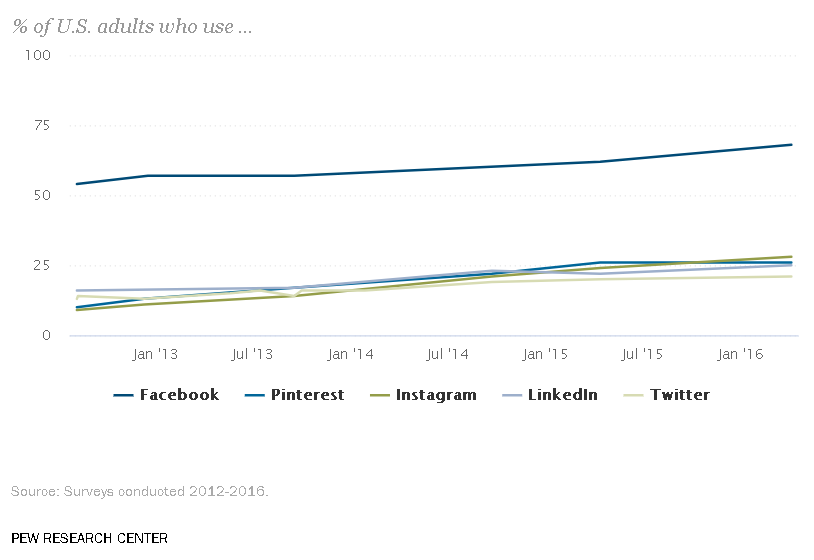
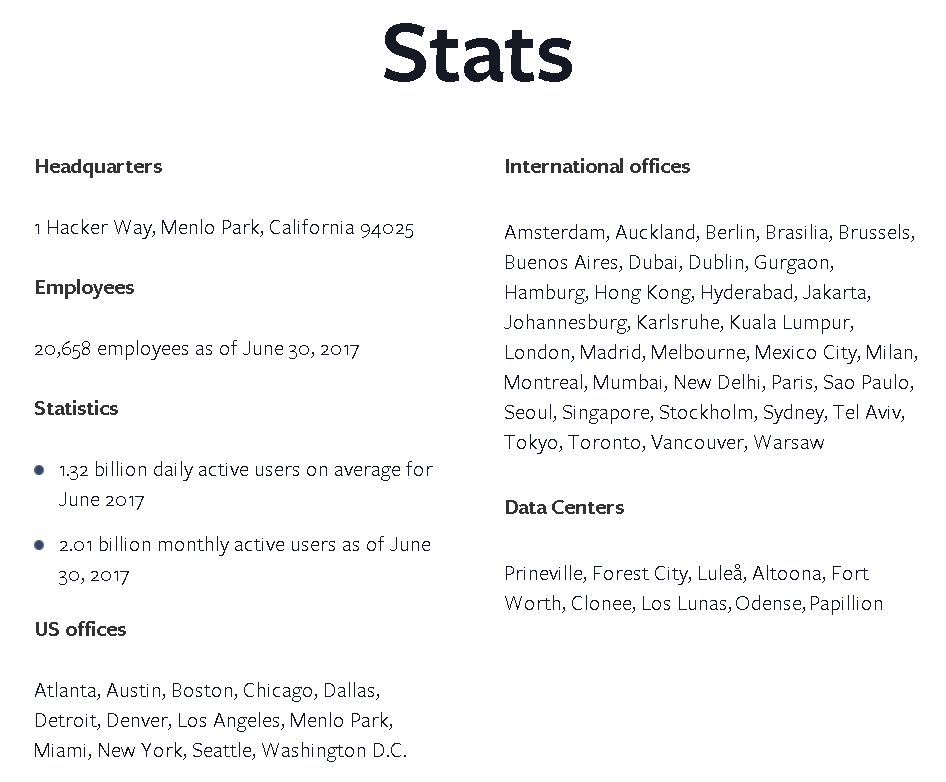
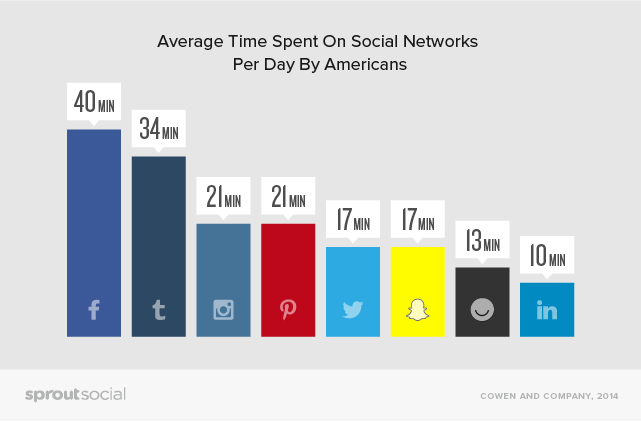
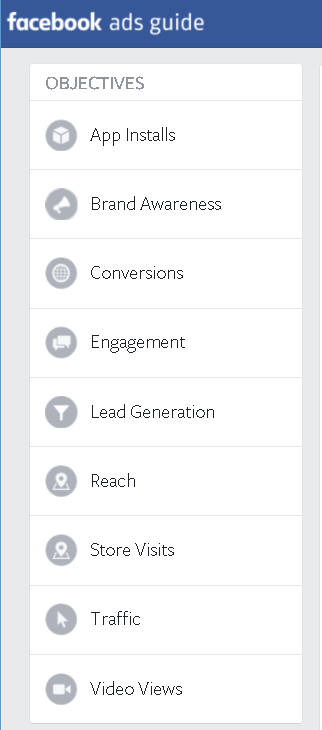
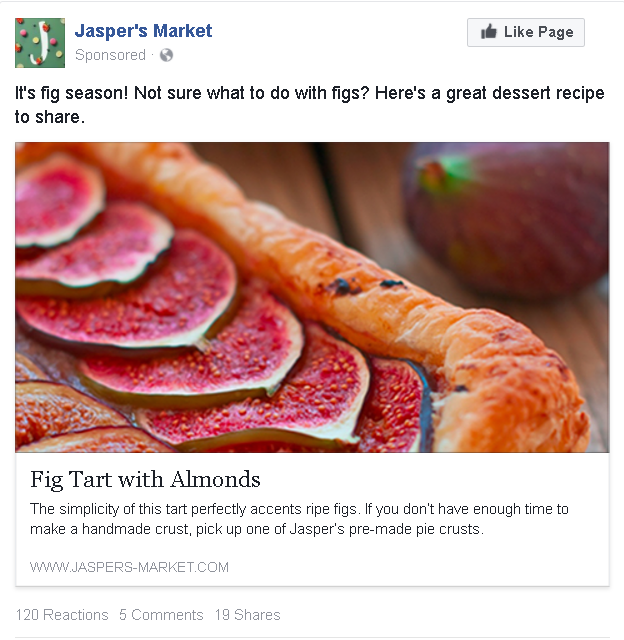
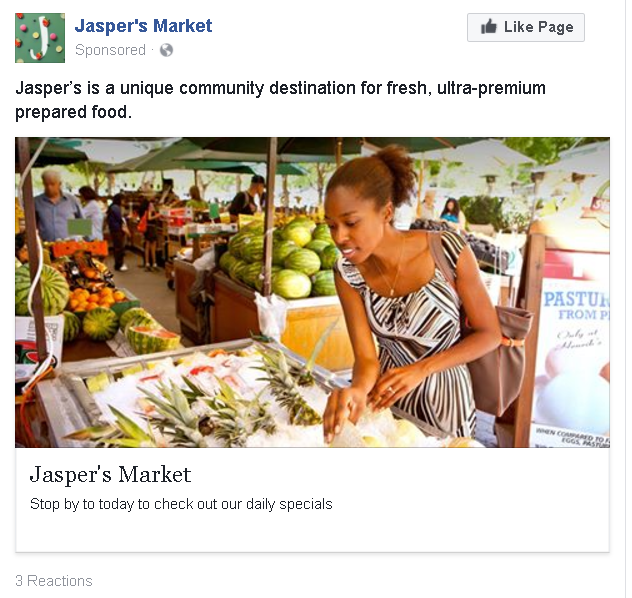

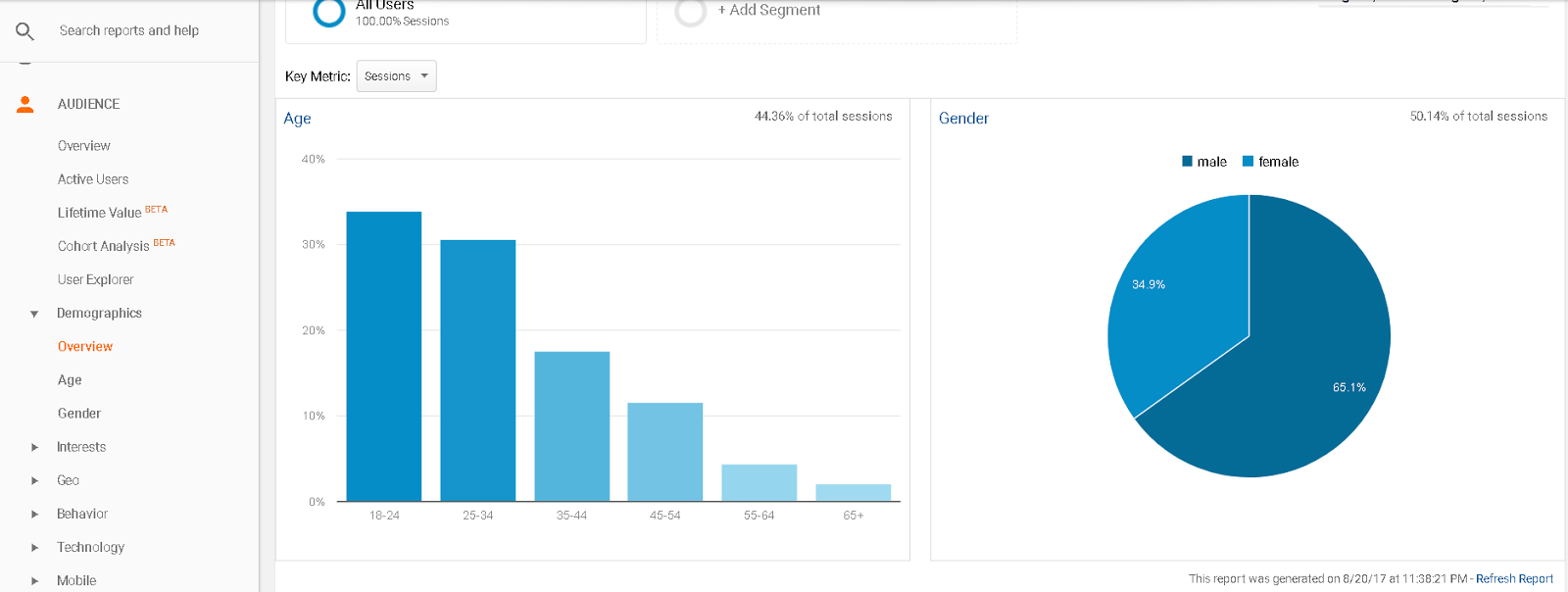
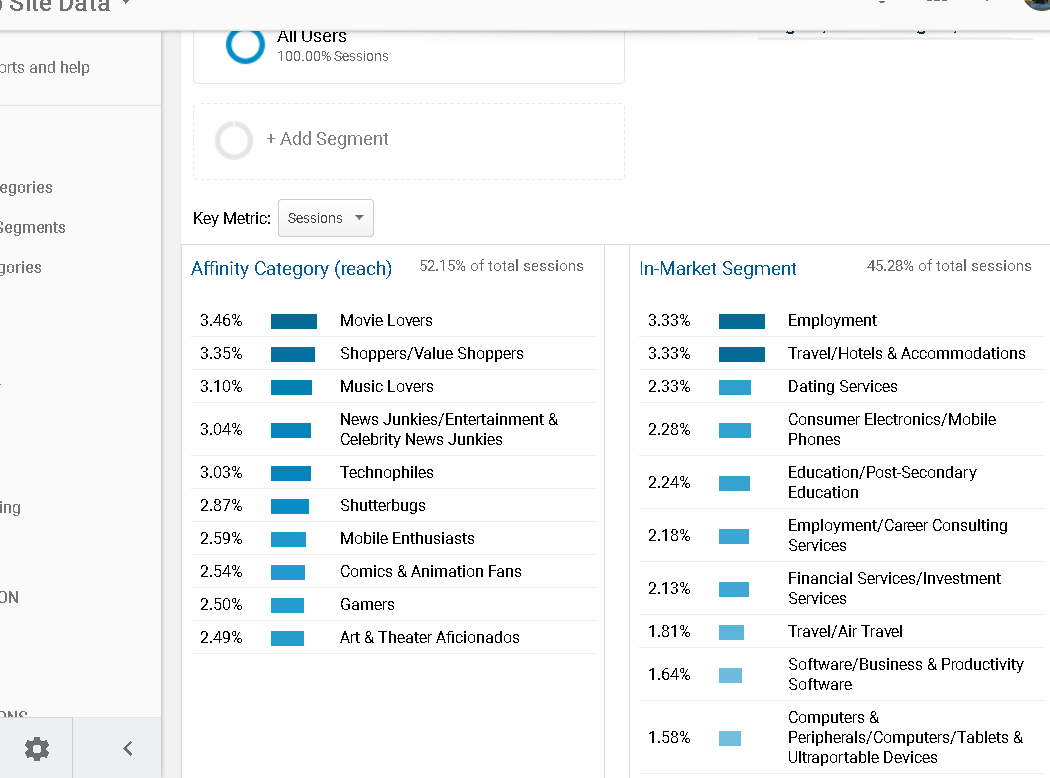
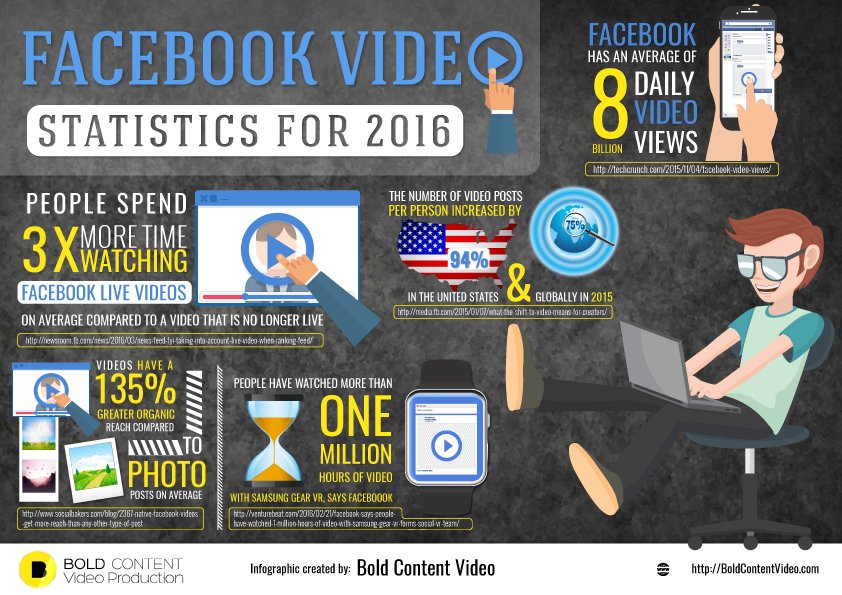
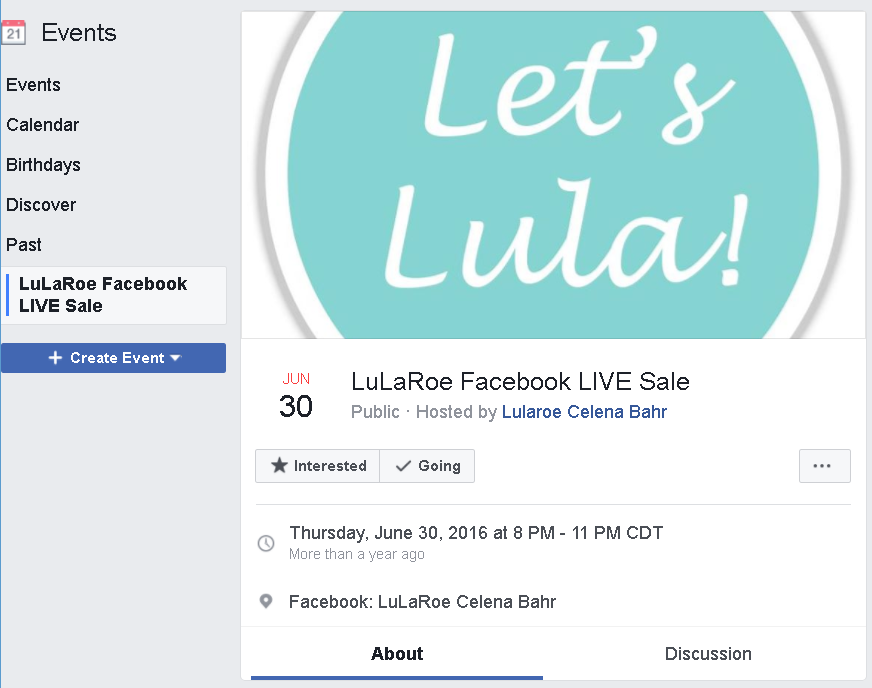
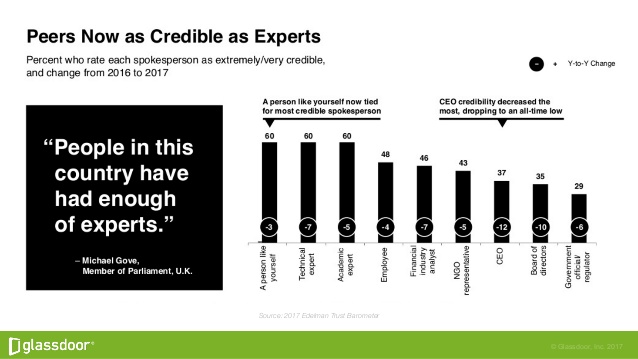
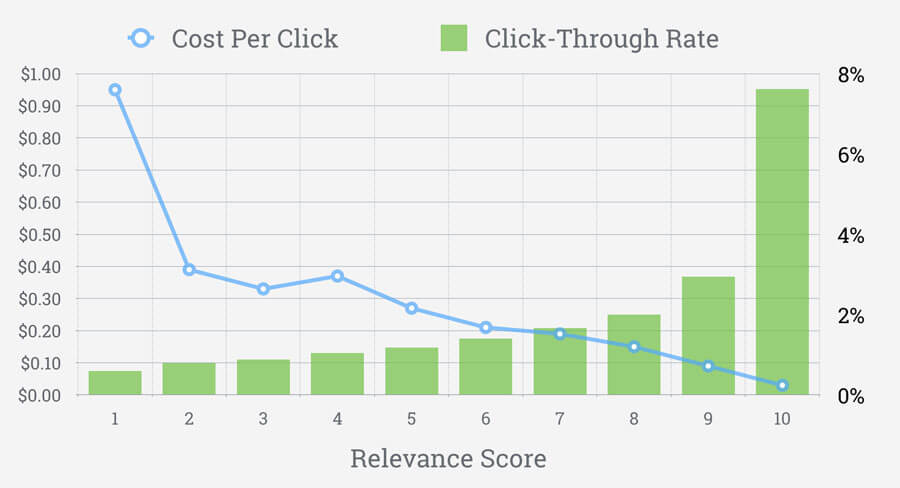

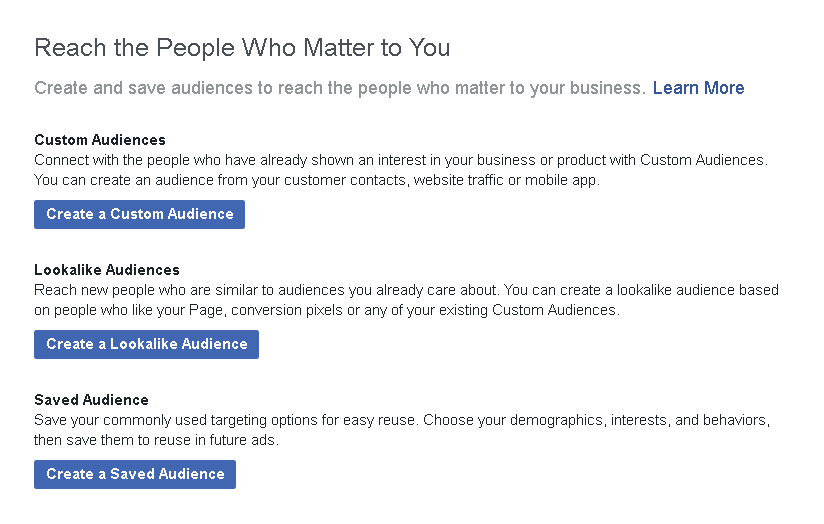
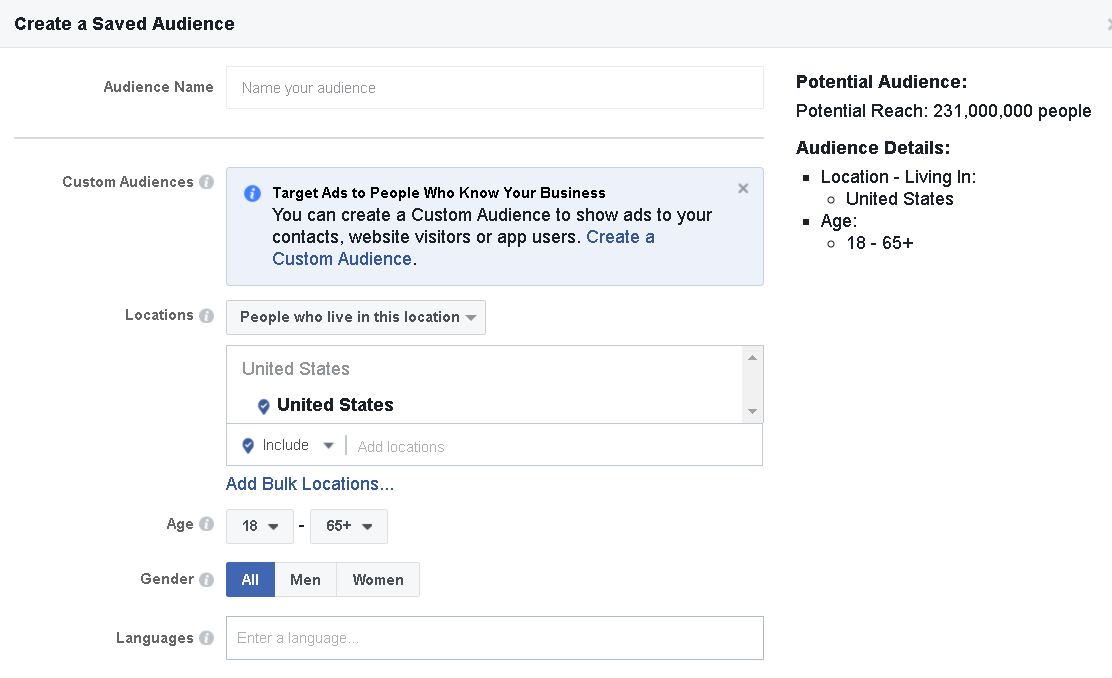
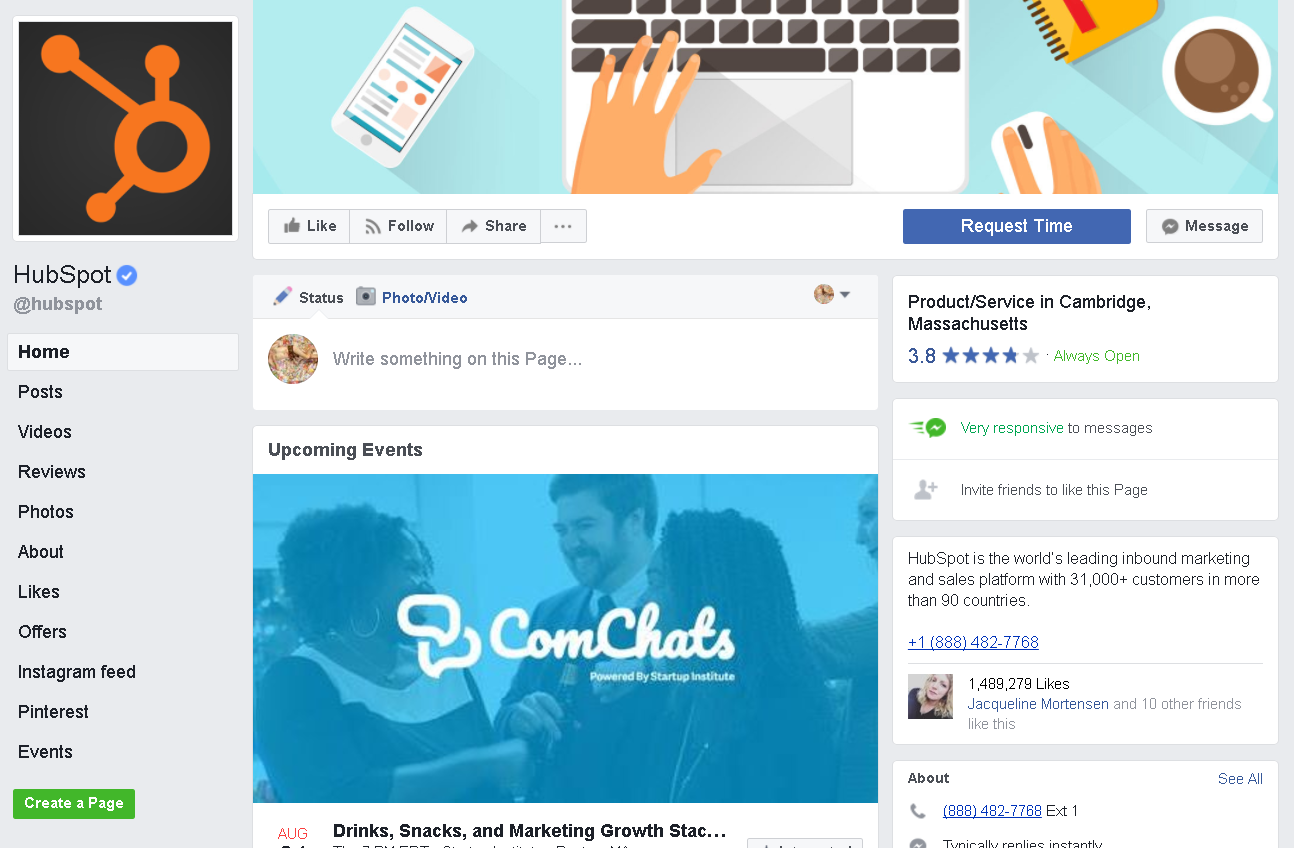
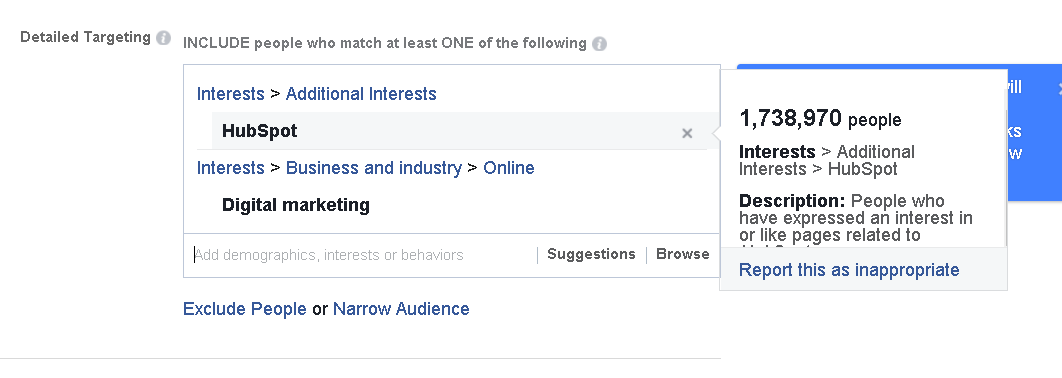
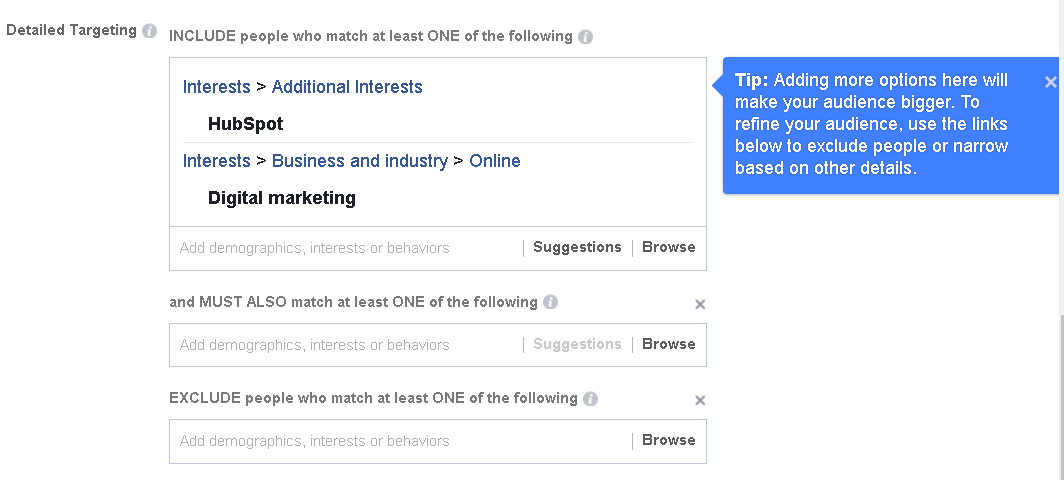
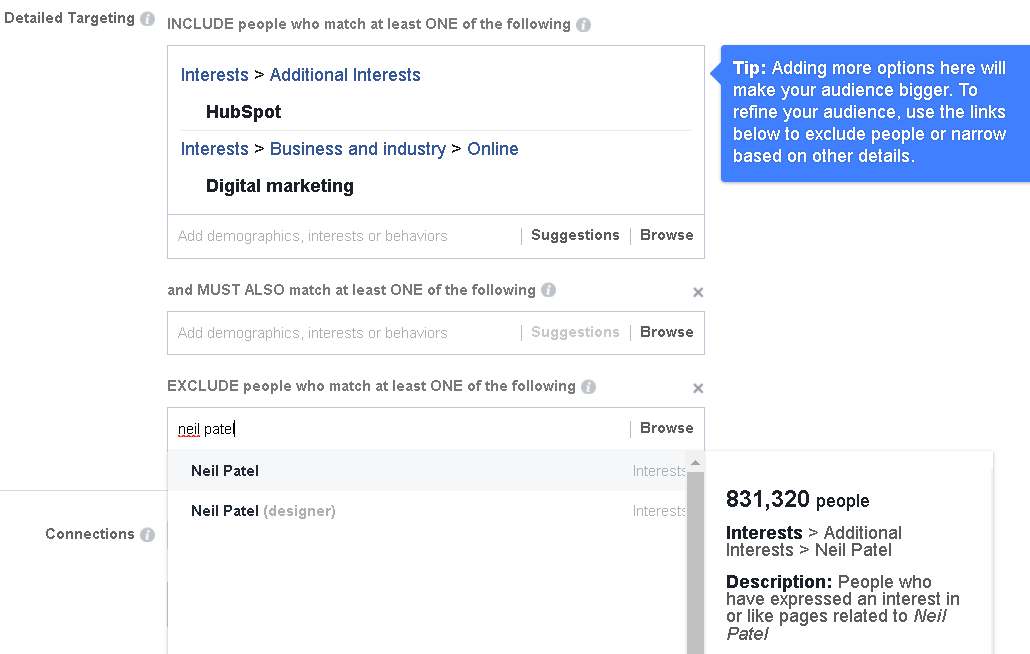
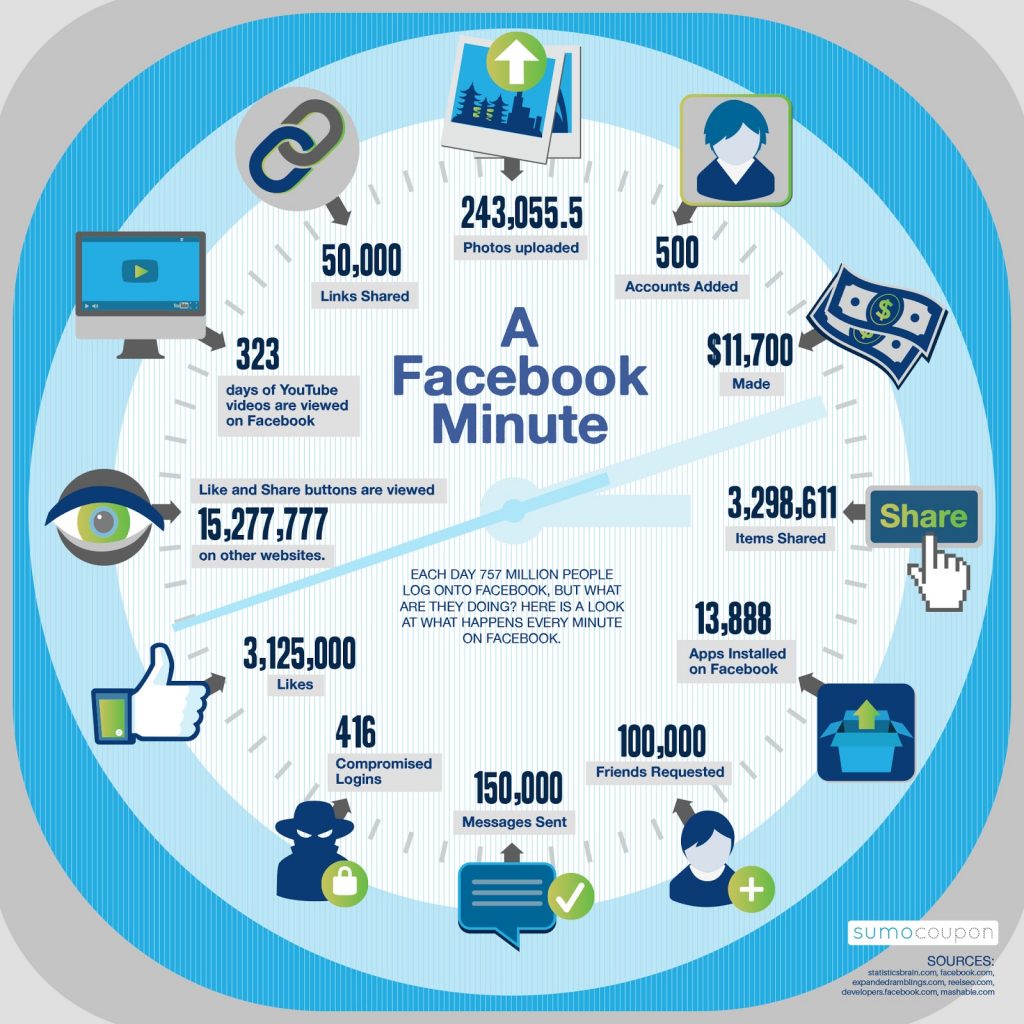
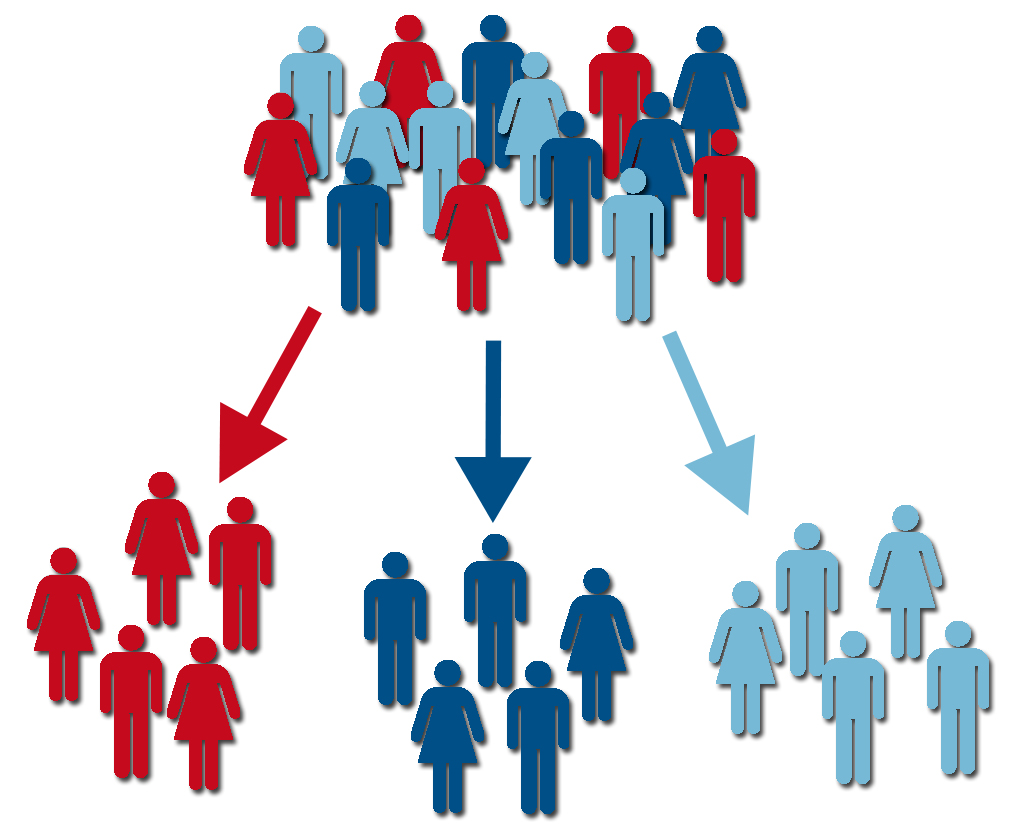

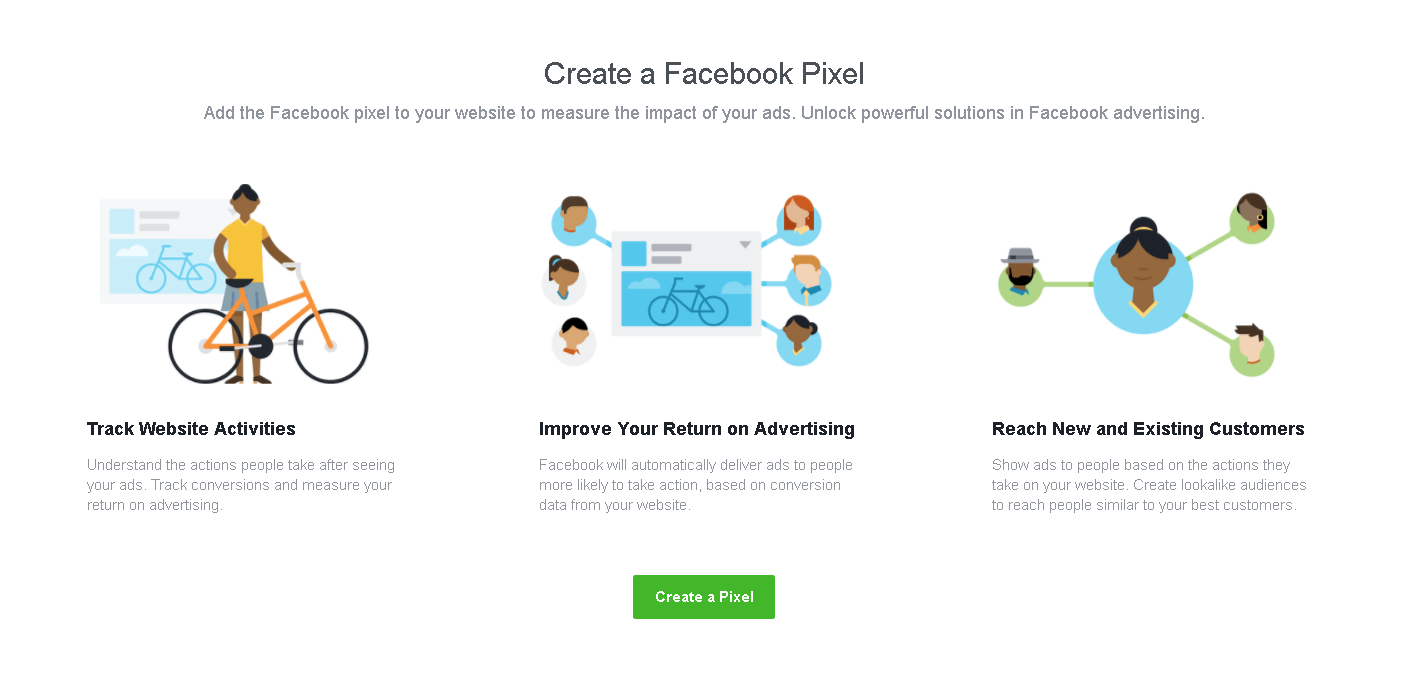
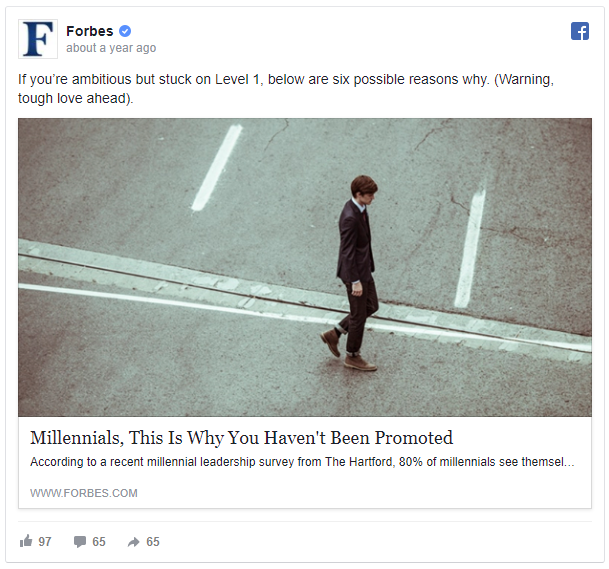
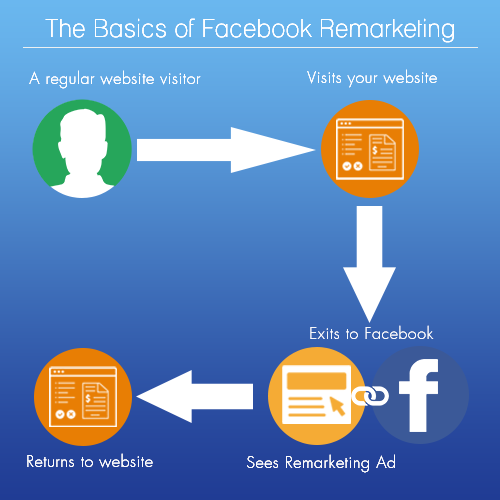
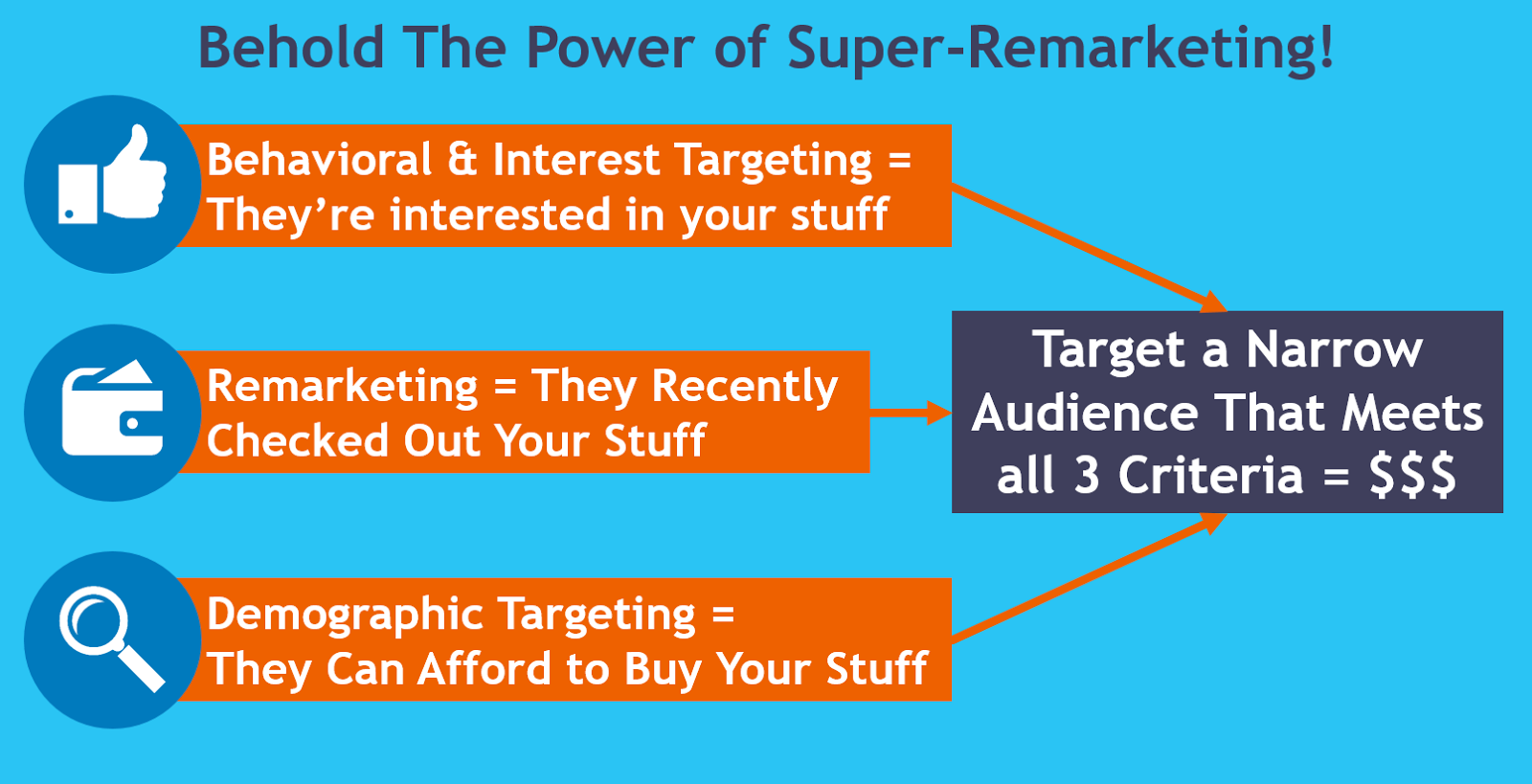
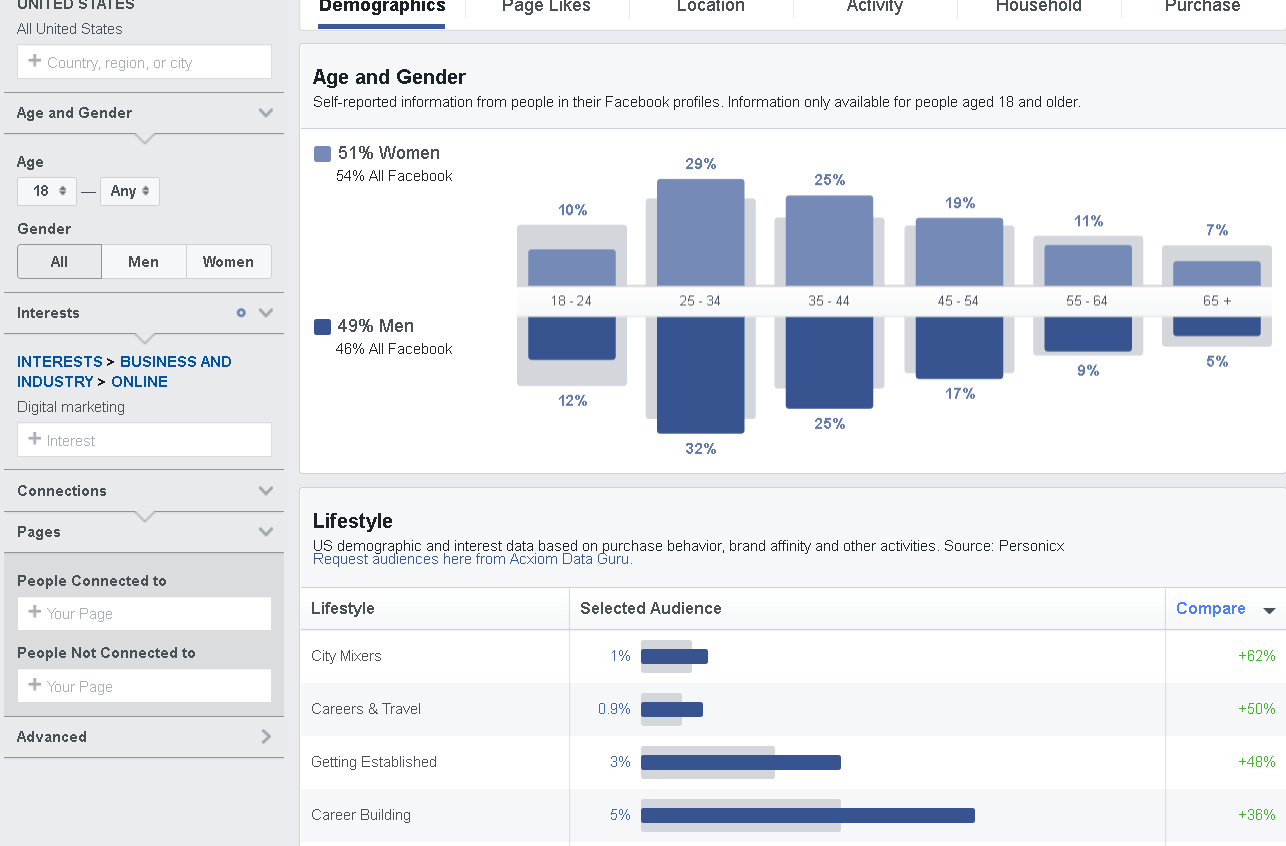
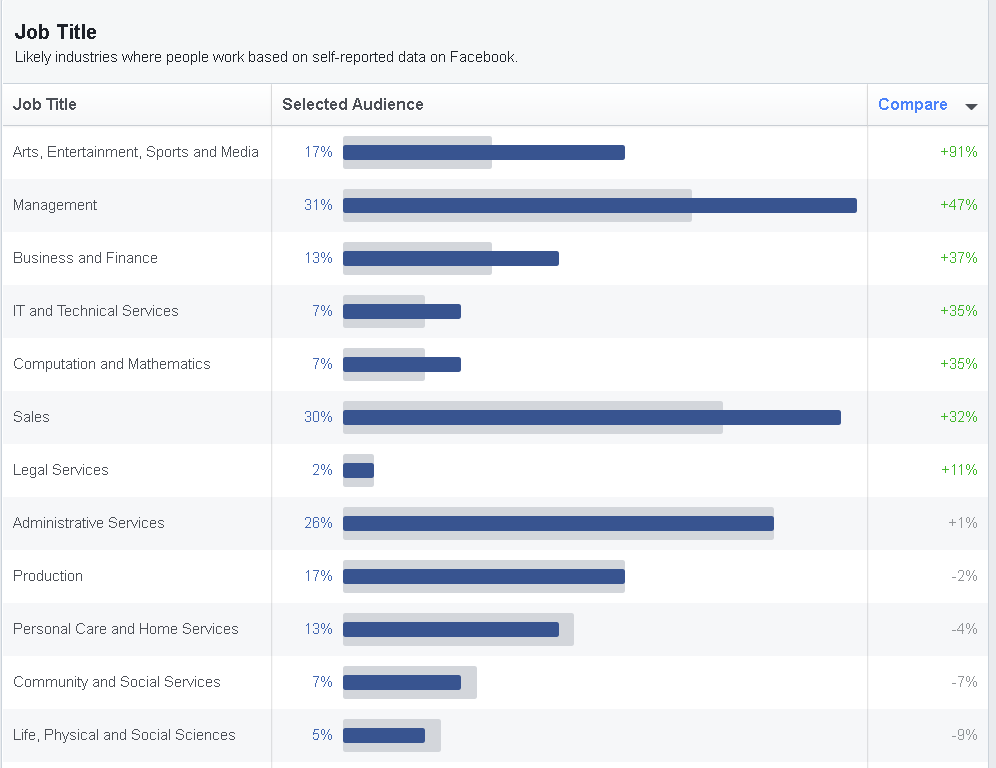
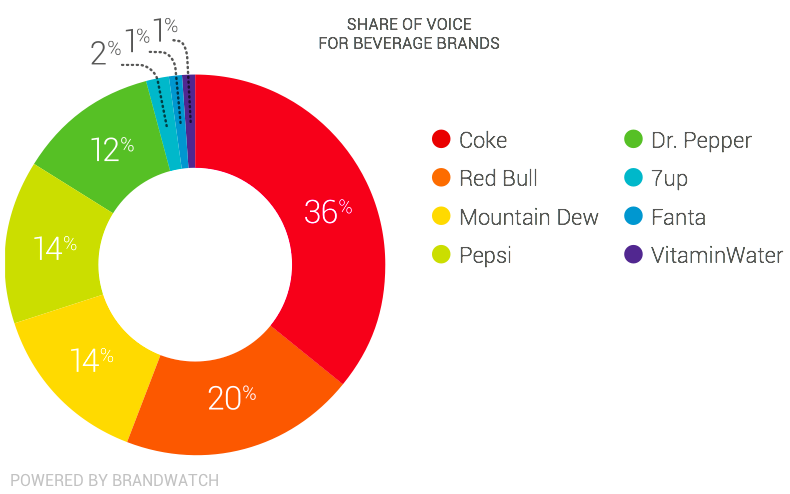
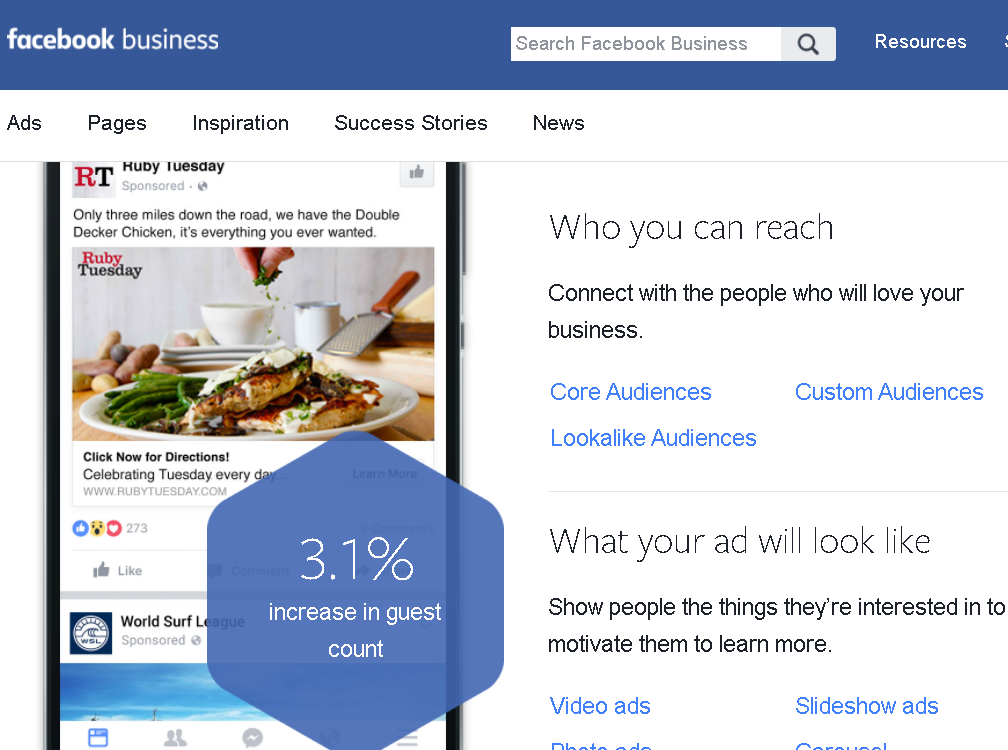
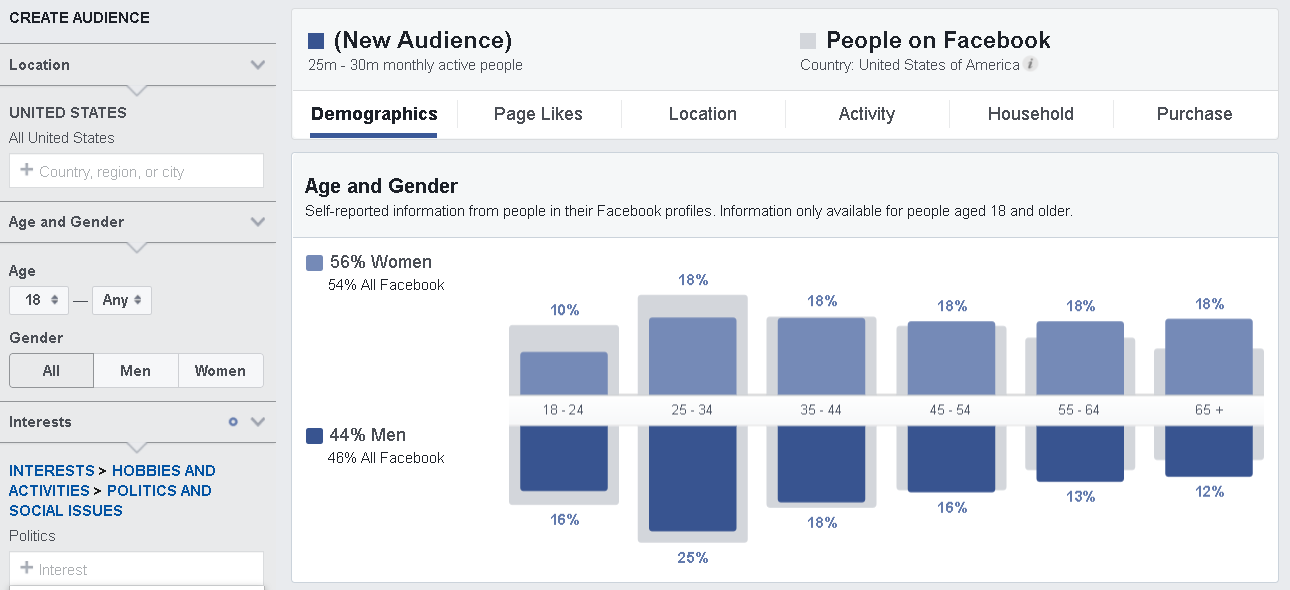
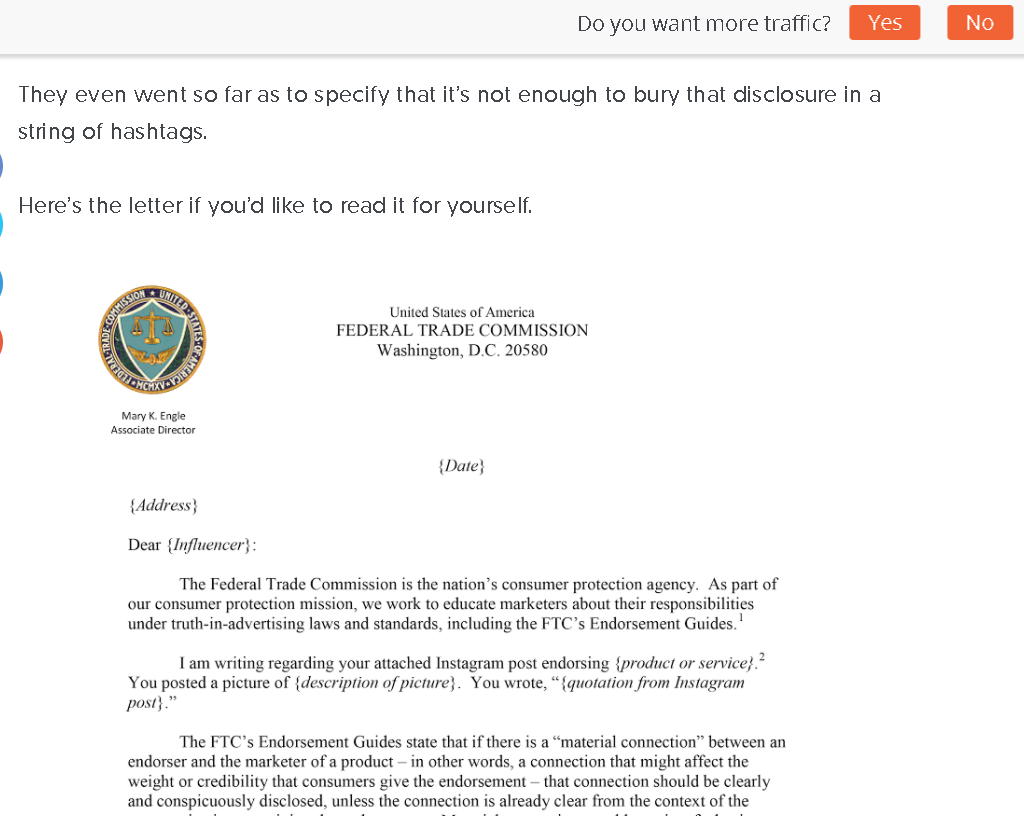
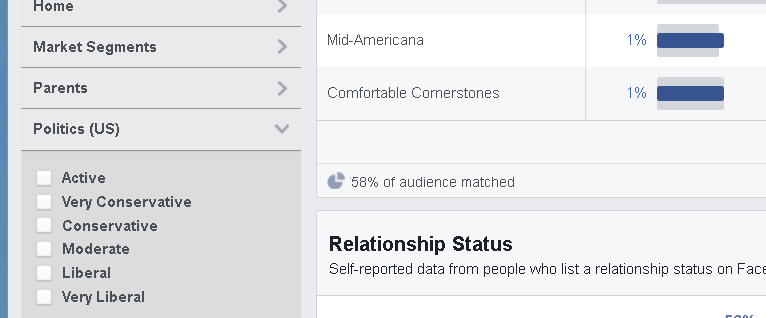
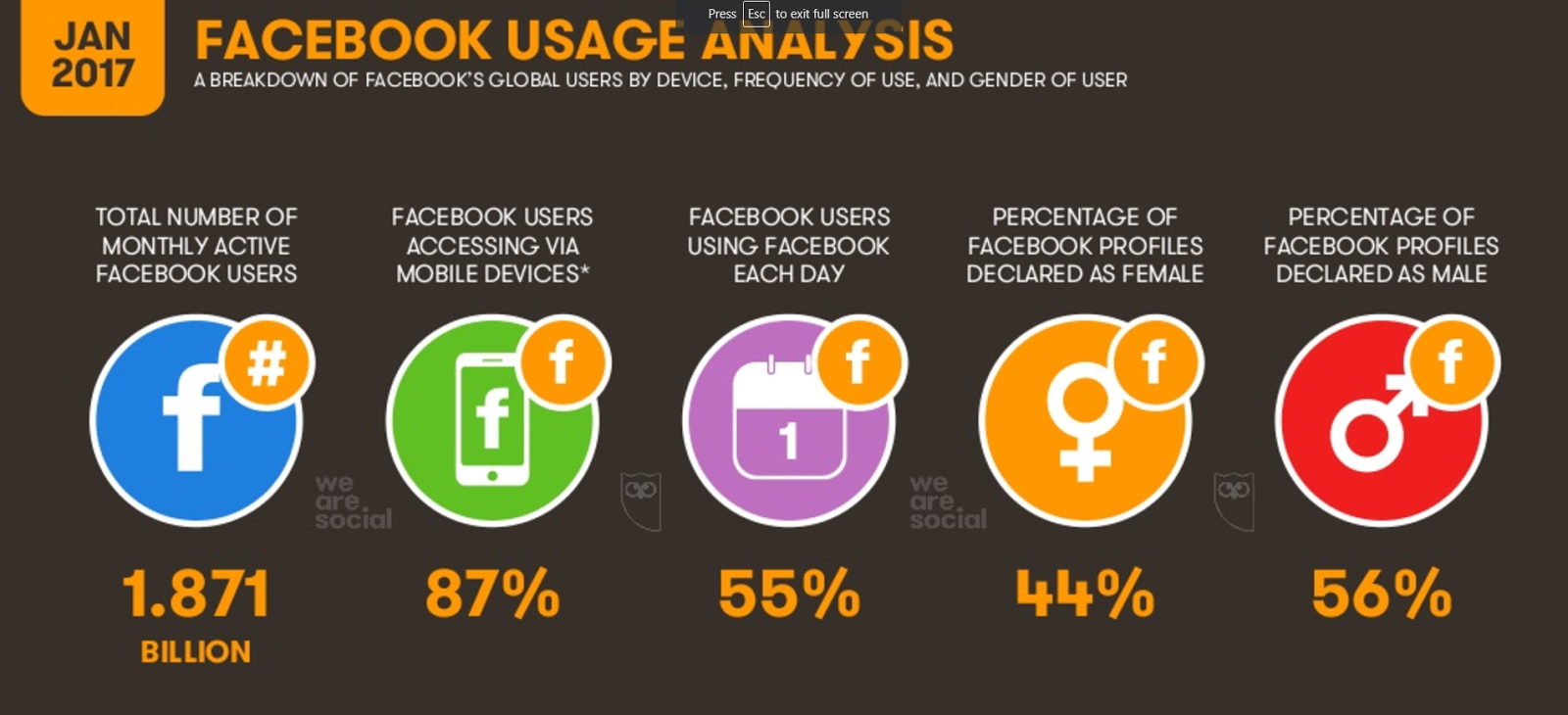

Comments (6)